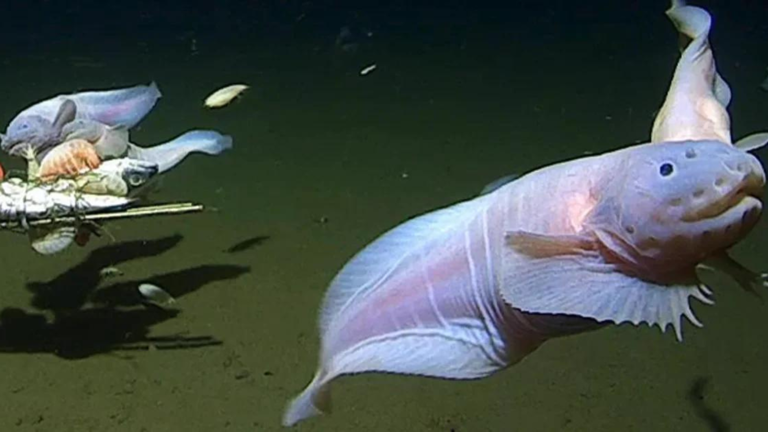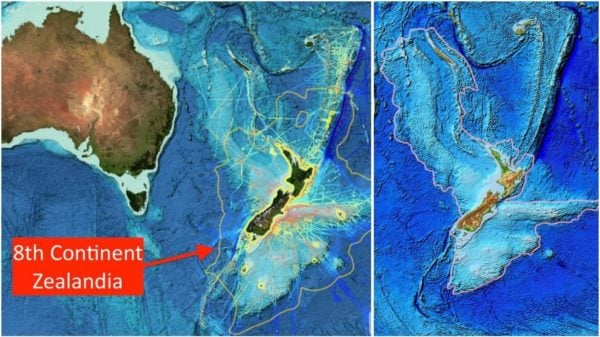A team of scientists from the Tokyo University of Marine Science and Technology and the University of Western Australia has captured an infant snailfish on camera at around 27,000 feet just above the northern Pacific Ocean seabed.
The footage, captured by oceanic robots last September, shows the snailfish in all its glory, breaking the record for the deepest fish ever filmed. Who needs Avatar when you have real-life deep sea creatures like this?
These scientists went deeper than anyone ever had before and caught some fishy friends on film along the way. Not one, but TWO snailfish were caught at a depth of more than 8,020 meters, beating the previous record for the deepest catch.
And they didn’t stop there! They also filmed the deepest snailfish ever seen at a depth of 8,336 meters, which was likely trying to set its own record, too. Marine biologist Alan Jamieson, the founder of the Minderoo-UWA Deep Sea Research Centre, said this discovery is significant because it shows just how low these fish will go in the ocean.
In the quest to explore the deepest fish populations in the world, scientists are using high-tech sea robots and getting some unexpected footage of snailfish along the way. Snailfish are not your typical shallow-water dwellers, and some can survive at mind-boggling depths.
Last year, a group of high-tech underwater robots, known as the “landers”, were sent on a mission to explore the Japan, Izu-Ogasawara, and Ryukyu trenches. These little guys are equipped with fancy cameras that captured some pretty amazing footage, including the world’s deepest snailfish chilling with its crustacean buddies on the ocean floor.
Marine biologist Alan Jamieson, who led the expedition, believes that younger deep-sea snailfish prefer the depths to avoid being on the menu of larger predators.
In another video, some of these deep sea creatures were caught snacking on bait attached to a sea robot at a depth of 7,500 to 8,200 meters. The footage captured two of the deepest snailfish ever seen, identified as Pseudoliparis belyaevi.
These rare images showcase the incredible adaptations that allow these deep-sea creatures to thrive in their harsh habitat.
According to Professor Jamieson, snailfish have very small eyes, see-through bodies, and no gas-filled bladder, which helps them stay deep down in the ocean where all the cool creatures are.
The Pacific Ocean is like a sea playground for these fish, thanks to its warm water current that entices deep-sea dwellers to come out and play, and the smorgasbord of marine life that makes it easy for these bottom feeders to fill their bellies.
Though scientists would like to continue getting up close and personal with these deep sea creatures, funding is hard to come by. These high-tech landers don’t come cheap, and scientists are doing all they can to explore the depths of the ocean without breaking the bank.






























